Are you looking to get the most out of your Google Ads campaigns? You’re not alone. As more and more businesses turn to online advertising, it’s becoming increasingly important to ensure your ads are visible, targeted, and compelling. That’s where Google Ads come in. Google Ads is a powerful tool for reaching customers and driving conversions, but creating effective campaigns takes more than just throwing some keywords and ad copy together. To truly succeed with Google Ads, you need to follow the best practices that have been proven to work. In this article, we’ll cover some of the most important Google Ads best practices and offer tips and examples for optimizing your campaigns.
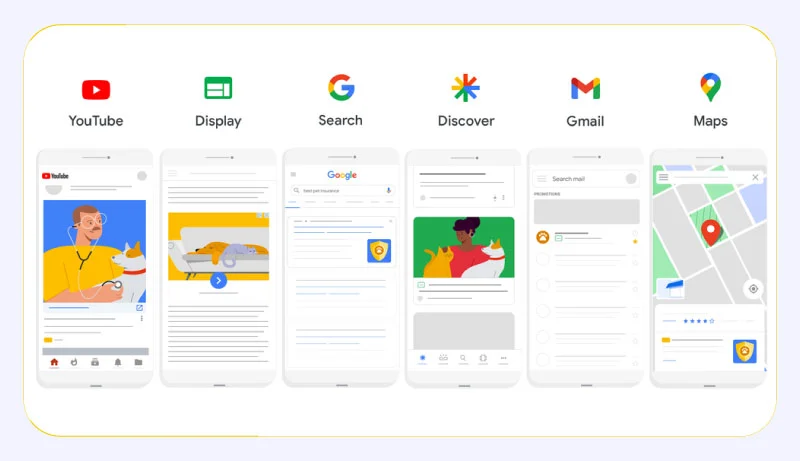
As someone who’s been in the digital marketing game for a while, I know that following Google Ads best practices is the key to creating successful campaigns that drive results. Whether you’re promoting products with Google Shopping Ads, raising brand awareness with Google Display Ads, or reaching potential customers with Search Ads, following best practices is essential to get the most out of your investment. So let’s dive in and explore some best practices for each type of ad so that you can create Google Ads campaigns that help your business grow.
Best Practices for Search Ads
Search ads are one of the most popular types of Google Ads and can be a great way to drive targeted traffic to your website. However, with so many businesses using search ads, it’s important to follow best practices to ensure that your ads are effective and stand out from the competition. Here are some best practices for search ads:

Conduct Keyword Research and Use Relevant Keywords
The first step to creating effective search ads is to conduct keyword research to identify the keywords that your target audience is searching for. You can use tools like Google Keyword Planner or SEMrush to research keywords and identify relevant ones for your business.
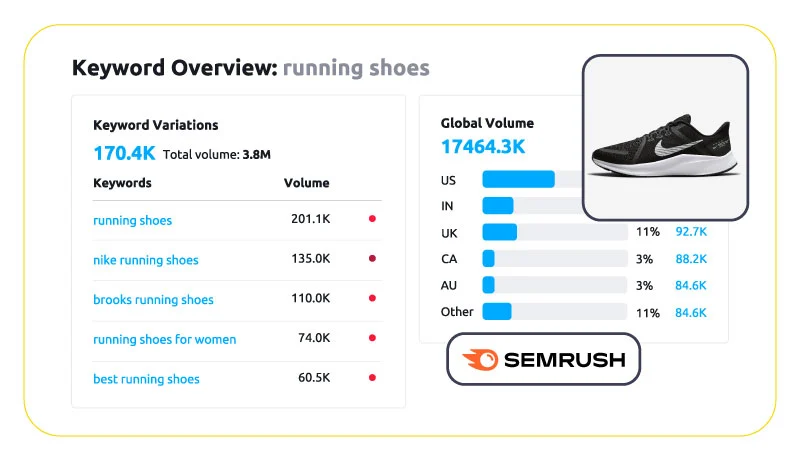
Once you have identified your target keywords, make sure to use them in your ad copy and landing page to improve your ad’s relevance and quality score.
Write Compelling Ad Copy that Includes a Clear Call-to-Action (CTA)
Your ad copy is the first thing that users will see when they search for your target keywords, so it’s important to make sure that it’s compelling and includes a clear call-to-action (CTA). Your ad copy should highlight the benefits of your product or service and encourage users to click on your ad and visit your website.

Make sure to include a clear CTA that tells users what you want them to do, such as “Shop Now” or “Get a Quote.”
Use Ad Extensions to Enhance Your Ads
Ad extensions are additional pieces of information that you can add to your search ads to make them more informative and engaging. Some popular ad extensions include site links, callouts, and structured snippets. By using ad extensions, you can provide users with more information about your business and encourage them to click on your ad.
Test and Refine Your Ads Regularly
One of the most important best practices for search ads is to test and refine your ads regularly. By testing different ad copy, keywords, and ad extensions, you can identify what works best for your business and improve your ad’s performance. Make sure to monitor your ad’s performance regularly and make adjustments as needed to improve your ad’s click-through rate (CTR) and conversion rate.
Following these best practices can help you create effective search ads that drive targeted traffic to your website and increase your ROI. By conducting keyword research, writing compelling ad copy, using ad extensions, and testing and refining your ads regularly, you can improve your ad’s performance and stand out from the competition.
Best Practices for Display Ads
Google Display Ads are a popular type of Google Ads that can help businesses reach a wider audience and increase brand awareness. However, creating effective display ads requires a solid understanding of Google Display best practices. Here are some best practices to follow when creating your display ads:
Define Your Target Audience and Choose Appropriate Targeting Options
The first step to creating effective display ads is to define your target audience and choose the appropriate targeting options. You can use tools like Google Analytics to identify your audience’s demographics, interests, and behaviors.
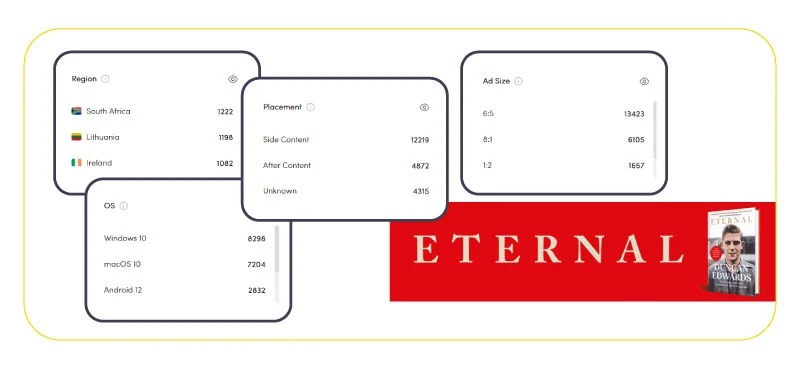
Once you have identified your target audience, choose targeting options that will help you reach them, such as contextual targeting, audience targeting, or placement targeting. Using Google Display Ads spy tools can also help you to research what targeting options your competitors are using.
Use Visually Appealing Images and Graphics
Display ads are highly visual, so it’s important to use high-quality images and graphics that catch the viewer’s attention. Make sure to use images that are relevant to your product or service and that align with your brand’s visual style. Google Responsive Display Ads best practices recommend using images with a resolution of at least 1200 x 628 pixels and file sizes of less than 150KB.

Keep Your Messaging Concise and Easy to Understand
Display ads have limited space for text, so it’s important to keep your messaging concise and easy to understand. Use clear and direct language to communicate your message, and make sure to include a strong call-to-action (CTA) that tells viewers what you want them to do next. Google Responsive Display Ads best practices recommend keeping headlines to 30 characters or less and descriptions to 90 characters or less.
Use Retargeting to Reach Users Who Have Already Shown Interest in Your Product or Service
Retargeting is a powerful tool that can help you reach users who have already shown interest in your product or service. By using retargeting, you can show ads to users who have previously visited your website or engaged with your content. This can help you to increase conversions and ROI. Google Display best practices recommend using retargeting in combination with other targeting options to create more effective campaigns.
In conclusion, following these Google Display best practices can help you create effective display ads that reach your target audience and increase brand awareness. By defining your target audience, using visually appealing images, keeping your messaging concise, and using retargeting, you can create display ads that drive results for your business. Don’t forget to use Google Responsive Display Ads best practices to ensure that your ads are optimized for all devices.
Best Practices for Video Ads
Video ads are a powerful way to engage with your audience and increase brand awareness. With the rise of video marketing, it’s important to follow best practices to ensure that your video ads are effective and stand out from the competition. Here are some best practices for video ads:
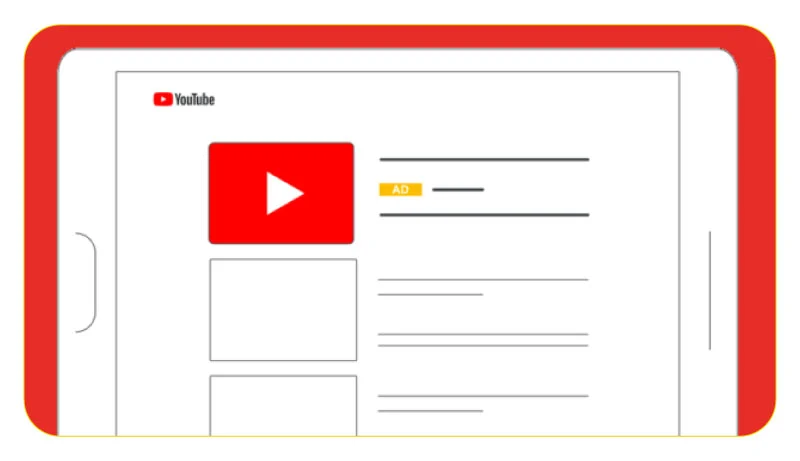
Keep Your Video Short and Attention-Grabbing
One of the most important best practices for video ads is to keep your video short and attention-grabbing. Research shows that viewers have a short attention span, so it’s important to make sure that your video gets to the point quickly and keeps viewers engaged. Google recommends keeping video ads under 15 seconds to ensure maximum impact.
Use High-Quality Video and Audio
Video ads should be visually appealing and have high-quality audio. Make sure to use high-resolution video footage and clear audio to ensure that your message comes across effectively. You can also use music and sound effects to enhance your video and make it more engaging.
Use Captions or Subtitles to Make Your Video Accessible
Captions or subtitles can make your video accessible to a wider audience, including viewers who are deaf or hard of hearing. Make sure to use clear and easy-to-read captions or subtitles that accurately reflect the audio content of your video.
Include a Clear Call-to-Action (CTA)
Your video ad should include a clear call-to-action (CTA) that tells viewers what you want them to do next. Make sure to include a CTA that is relevant to your ad’s message and encourages viewers to take action, such as “Visit our website” or “Learn more.”
Test and Refine Your Video Ads Regularly
As with other types of Google Ads, it’s important to test and refine your video ads regularly to improve their performance. You can use tools like Google Analytics to track metrics such as view-through rate (VTR), click-through rate (CTR), and conversions. Make adjustments to your video ads as needed to improve their performance.
In conclusion, following these best practices for video ads can help you create effective video ads that engage with your audience and increase brand awareness. By keeping your video short and attention-grabbing, using high-quality video and audio, making your video accessible with captions or subtitles, including a clear CTA, and testing and refining your video ads regularly, you can create video ads that drive results for your business.
Best Practices for Shopping Ads
Shopping Ads are a powerful way to promote your products on Google Search and Google Shopping. To get the most out of your campaigns, it’s important to follow best practices that can help you optimize your targeting, bids, and budget. Here are some best practices for Shopping Ads that can help you drive sales and improve your ROI:
Optimize Your Product Feed
Your product feed is the foundation of your Shopping Ads campaign, so it’s important to optimize it for maximum visibility. Make sure to include accurate and detailed product information such as product titles, descriptions, images, and pricing.
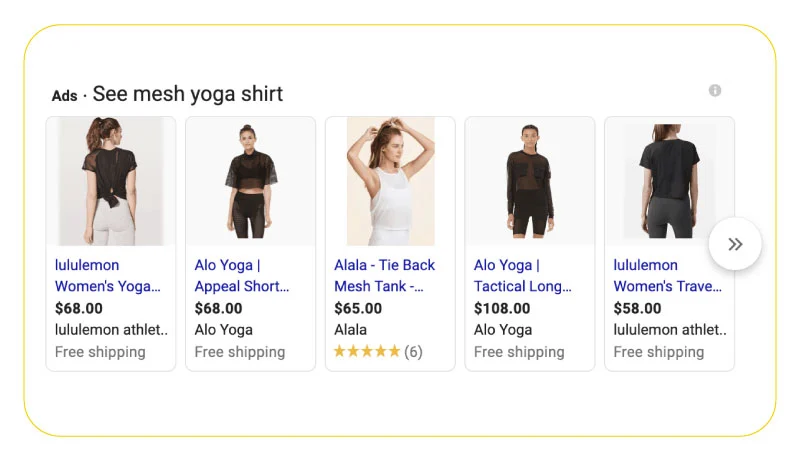
This will help your products appear in relevant searches and attract potential customers.
Use High-Quality Product Images
Using high-quality product images is key to making your products stand out in the search results. Use images that showcase your products in the best possible light and make sure they meet Google’s image requirements.

This can include using high-resolution images, avoiding watermarks, and showing the product in use or in a lifestyle setting.
Use Negative Keywords
Negative keywords are search terms that you don’t want your ads to appear for. Adding negative keywords can help you refine your targeting and prevent your ads from showing up for irrelevant or low-intent searches. This can help you save money and improve your return on investment (ROI).
Optimize Your Bids and Budget
Optimizing your bids and budget is essential to ensure that your Shopping Ads are competitive and profitable. Make sure to set bids that align with your goals, such as maximizing clicks, conversions, or revenue. You should also regularly review your budget to ensure that you’re spending your budget effectively and getting the most value for your investment.
Monitor Your Performance and Make Adjustments
Finally, it’s important to regularly monitor your Shopping Ads performance and make adjustments as needed. Use tools like Google Analytics to track metrics such as click-through rate (CTR), cost-per-click (CPC), and conversion rate (CR). This can help you identify areas for improvement and make data-driven adjustments to your campaigns.
In conclusion, following these best practices for Shopping Ads can help you create effective campaigns that attract potential customers and drive sales. By optimizing your product feed, using high-quality product images, using negative keywords, optimizing your bids and budget, and monitoring your performance and making adjustments, you can create Shopping Ads that are competitive, profitable, and drive results for your business.
Conclusion
Following best practices is crucial for creating effective Google Ads campaigns that drive results for your business. Whether you’re creating Search Ads, Display Ads, Video Ads, or Shopping Ads, using best practices can help you optimize your campaigns, improve your ROI, and reach your marketing goals. By implementing the best practices we’ve covered in this article, you can create Google Ads campaigns that attract potential customers, drive conversions, and help your business grow. So keep these Google Ads best practices in mind as you create and refine your campaigns to ensure that you get the most value from your investment.
FAQs
What are Google Ads best practices?
Google Ads best practices are a set of guidelines that can help you create effective campaigns that drive results for your business. These practices include optimizing your targeting, bidding, and budget, using compelling ad copy and creative, and continually testing and refining your campaigns.
How can I optimize my Google Ads campaigns for better performance?
To optimize your Google Ads campaigns for better performance, you can do things like refining your targeting, adjusting your bids and budget, improving your ad copy and creative, and regularly monitoring and analyzing your campaign data to identify areas for improvement.
What are some effective strategies for maximizing ROI with Google Ads?
Effective strategies for maximizing ROI with Google Ads include focusing on high-value keywords and audiences, continually testing and optimizing your campaigns, using ad formats that drive engagement and conversions, and regularly monitoring your ROI to ensure that you’re getting the most value from your investment.
How important is campaign structure in Google Ads and what are the best practices?
Campaign structure is crucial in Google Ads because it can affect your targeting, bidding, and ad relevance. Best practices for campaign structure include organizing your campaigns by theme or product category, using tightly themed ad groups, and ensuring that your keywords and ad copy are closely aligned. By following these best practices, you can create well-structured campaigns that drive better results for your business.







 Facebook Ads Spy Tool
Facebook Ads Spy Tool TikTok Ads Spy Tool
TikTok Ads Spy Tool